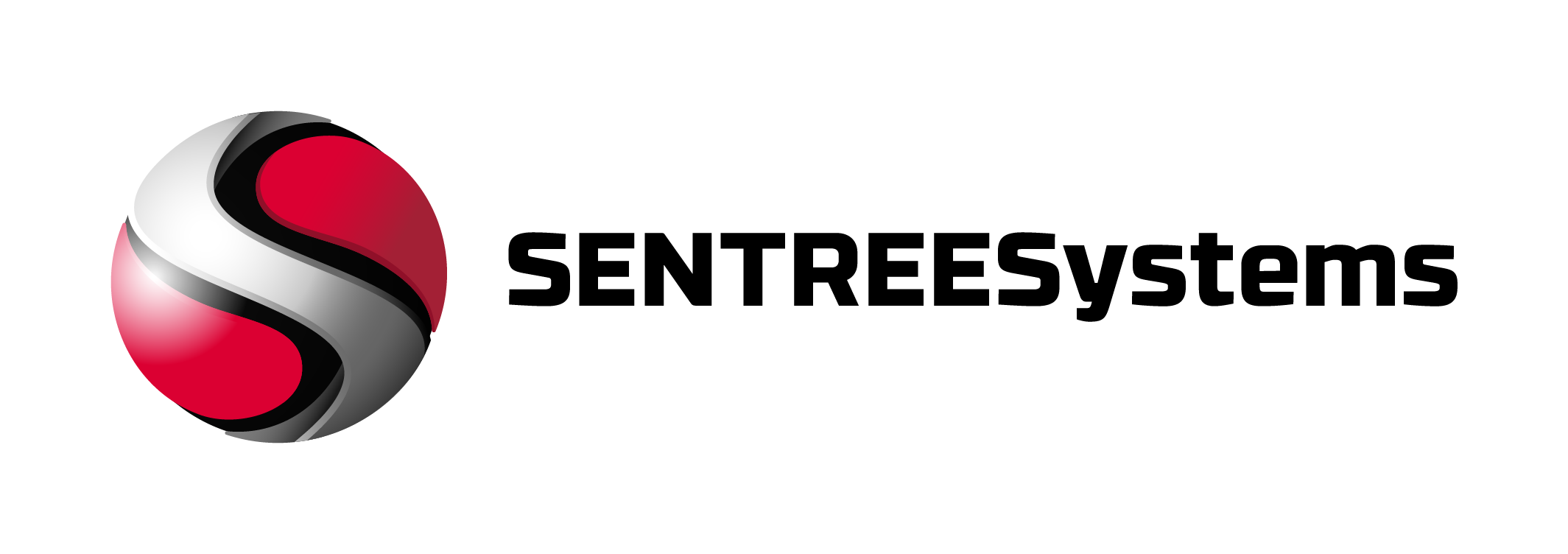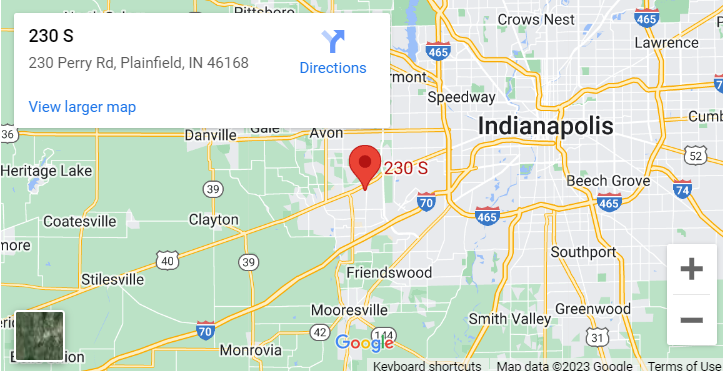Ransomware attacks aren’t just a tech problem anymore—they’re a legal nightmare that can destroy your business even after you’ve recovered your data. The legal implications of ransomware attacks now span federal regulations, state laws, international compliance requirements, and sanctions that can land you in hot water with the government. Here’s the deal: understanding these legal risks isn’t optional if you want to survive in today’s threat landscape.
Key Takeaways
- Federal laws like the Computer Fraud and Abuse Act and new SEC disclosure rules create mandatory reporting requirements within 24-72 hours
- Paying ransoms can violate OFAC sanctions, potentially resulting in civil penalties even if done unknowingly
- State-level ransomware laws vary dramatically, with some states banning ransom payments entirely for public entities
- International regulations like GDPR impose fines up to 4% of global revenue for non-compliance with breach notification requirements
- Ransomware groups are now weaponizing disclosure rules against victims, filing SEC complaints to increase pressure
Federal Legal Framework and Compliance Requirements
The Computer Fraud and Abuse Act (CFAA) criminalizes unauthorized access to computer systems, making ransomware deployment a federal offense. But here’s what most people miss—prosecutors have been using this law not just against attackers, but to evaluate victim compliance and response efforts.
The Federal Information Security Modernization Act (FISMA) mandates federal agencies implement cybersecurity measures specifically to protect against ransomware, setting benchmarks that private sector organizations often adopt. But the real game-changer came in 2023 when the Securities and Exchange Commission introduced new rules requiring public companies to disclose material cyber incidents within four business days.
Look, this SEC requirement isn’t just paperwork. Material ransomware attacks must be disclosed in Form 8-K filings, including operational impact and remediation efforts. I’ve seen companies struggle with determining what constitutes “material”—and getting it wrong triggers regulatory investigations and shareholder lawsuits.
The Cybersecurity and Infrastructure Security Agency (CISA) under CIRCIA now requires critical infrastructure entities to report ransomware incidents within 72 hours. This creates overlapping reporting requirements that you’ll need to navigate carefully. Miss a deadline, and you’re looking at enforcement actions on multiple fronts.
State-Level Ransomware Laws Create Compliance Headaches
Twelve U.S. states have enacted ransomware-specific laws, and they’re all different. North Carolina and Florida prohibit state agencies and local governments from paying ransoms or negotiating with threat actors. The goal? Reduce financial incentives for attackers. But this creates a compliance nightmare for multi-state entities.
These state laws often conflict with federal guidelines, creating situations where you might comply with federal requirements but violate state law—or vice versa. I’ve worked with organizations that had to develop separate incident response procedures for different states. It’s messy, but it’s reality.
International Regulations and Cross-Border Legal Implications of Ransomware Attacks
The General Data Protection Regulation (GDPR) hits hard when ransomware strikes EU citizens’ data. You’ve got 72 hours to notify supervisory authorities and affected individuals. Non-compliance means fines up to 4% of global revenue—and they’re not bluffing. I’ve seen organizations pay more in GDPR fines than they would have in ransom demands.
But here’s what’s really concerning: ransomware groups like RansomedVC and NoEscape are now weaponizing GDPR against victims. They threaten to report non-compliance to regulators unless ransom demands are met. It’s extortion layered on top of extortion.
The EU’s NIS 2 Directive expands reporting obligations for essential sectors, requiring ransomware victims to disclose attacks within 24 hours of detection. That’s faster than most organizations can even assess the scope of an incident. Japan’s Basic Act on Cybersecurity requires critical infrastructure operators to collaborate with government agencies during incidents—adding another layer of mandatory coordination.
The Digital Operational Resilience Act (DORA) in the EU mandates financial entities conduct annual ransomware resilience testing and maintain segregated data backups. Cross-border investigations face constant hurdles due to jurisdictional conflicts, especially when ransomware operators leverage infrastructure in non-cooperative countries.
Ransom Payment Restrictions and Sanctions Compliance
The U.S. Office of Foreign Assets Control (OFAC) prohibits transactions with sanctioned entities, including ransomware groups linked to Russia, North Korea, and Iran. Paying ransoms to these groups—even unknowingly—can result in civil penalties. This isn’t theoretical. OFAC has issued guidance making it clear that “I didn’t know” isn’t a defense.
You’re required to report incidents immediately and cooperate with law enforcement to mitigate sanctions risks. But here’s the catch: determining whether a ransomware group is sanctioned often takes time you don’t have. The pressure to restore operations conflicts directly with the need for thorough sanctions screening.
North Carolina and Florida’s payment bans for public entities reflect a growing trend to disrupt attackers’ revenue streams. The UK is considering a complete payment ban for critical infrastructure sectors through 2025 consultation processes. The argument? Compliance would reduce attack frequency.
Critics warn that payment bans could force organizations to operate offline during prolonged recovery periods, potentially causing more damage than the original attack. I’ve seen healthcare systems facing this exact dilemma—pay the ransom and risk sanctions violations, or stay offline and risk patient safety.
Industry-Specific Legal Requirements
Healthcare organizations face unique challenges under HIPAA, which classifies ransomware as a “security incident” requiring risk assessments to determine if protected health information was accessed. Breaches involving PHI necessitate patient notifications and corrective action plans—adding operational burden during recovery.
Financial institutions must comply with the Gramm-Leach-Bliley Act (GLBA), which mandates safeguarding customer data through encryption and access controls. Ransomware attacks triggering data exfiltration may violate GLBA’s Safeguards Rule, leading to penalties from the FTC. Public companies face additional SOX compliance requirements for internal controls over IT systems handling financial data.
Emerging Threats and Regulatory Weaponization
Ransomware groups have gotten creative with legal pressure. ALPHV/BlackCat started filing SEC complaints against victims who delay incident disclosures, using regulatory requirements as leverage. This represents a fundamental shift in attack methodology—criminals are now using compliance frameworks as weapons.
The Australia Office of the Australian Information Commissioner (OAIC) reported a 25% increase in data breaches in 2024, with 69% attributed to ransomware. Health and finance sectors accounted for 32% of incidents, prompting stricter enforcement of breach notification schemes.
Canada’s Ontario Privacy Commissioner ruled that ransomware-induced data encryption alone triggers breach notifications, even without evidence of data exfiltration. This precedent expands liability for organizations using legacy systems vulnerable to encryption attacks.
Global Enforcement Trends
- Faster reporting timelines—moving from days to hours across jurisdictions
- Expanded definition of breaches—encryption now counts as compromise in many regions
- Higher penalties—regulators are treating ransomware non-compliance more seriously
- Cross-border coordination—but still hampered by jurisdictional conflicts
Recent enforcement actions show regulators aren’t backing down. They’re treating ransomware compliance failures as seriously as the original security incidents. The legal implications of ransomware attacks now extend far beyond the immediate operational impact.
Practical Compliance Strategies
Organizations must prioritize preventive measures like network segmentation and patch management to reduce ransomware risks before they materialize. But prevention isn’t enough—you need legal preparedness.
Legal teams should conduct sanctions screenings before considering any payments and engage law enforcement early in the incident response process. This isn’t just about compliance—early law enforcement engagement can provide legal cover for certain response actions.
Compliance programs must align with evolving standards like NIS 2 and DORA, which emphasize real-time incident reporting and third-party risk management. You’ll need systems that can generate compliant notifications across multiple jurisdictions simultaneously.
Consider working with specialized legal counsel who understand both cybersecurity and regulatory requirements. CISA’s ransomware guidance provides federal perspective, while the FTC’s data breach response guide offers practical compliance frameworks.
Conclusion
The legal implications of ransomware attacks have evolved into a complex web of federal regulations, state laws, international requirements, and sanctions that can destroy your organization even after technical recovery. The days of treating ransomware as purely an IT problem are over. Legal compliance is now mission-critical for ransomware preparedness and response.
Start building your legal compliance framework today. Review your incident response procedures against current reporting requirements, conduct sanctions screening protocols, and establish relationships with specialized legal counsel. Don’t wait until you’re facing both a ransomware attack and regulatory enforcement action simultaneously. Additionally, integrate comprehensive ransomware protection strategies into your compliance framework to mitigate risks effectively. Regularly train your staff on these protocols to enhance their awareness and response capabilities. By proactively addressing potential vulnerabilities, you can safeguard your organization against the dual threats of cyberattacks and regulatory penalties.
FAQ
What are the immediate legal reporting requirements after a ransomware attack?
Critical infrastructure entities must report to CISA within 72 hours under CIRCIA. Public companies have four business days for SEC disclosure if the incident is material. GDPR requires notification within 72 hours for EU data subjects. State requirements vary, with some demanding immediate law enforcement notification. The legal implications of ransomware attacks include potential penalties for missed deadlines across all these frameworks.
Can paying ransom violate federal sanctions?
Yes, paying ransoms to sanctioned entities violates OFAC regulations, even unknowingly. You’re required to conduct sanctions screening before any payments and report incidents immediately. OFAC has made clear that lack of knowledge isn’t a defense, and civil penalties can apply regardless of intent.
Do state ransom payment bans apply to private companies?
Currently, most state payment bans only apply to government entities and public agencies. However, the trend toward broader payment restrictions is growing, with some states considering expansion to critical infrastructure sectors. Private companies should monitor state legislation in their operating jurisdictions.
How do international regulations affect US companies hit by ransomware?
US companies with EU customers or operations must comply with GDPR breach notification requirements, potentially facing fines up to 4% of global revenue. Companies operating in multiple countries face overlapping and sometimes conflicting requirements, requiring careful coordination with legal counsel familiar with international cybersecurity law.



